Catherine II (1729 – 1796), known as Catherine the Great, was the Empress of the Russian Empire for a period of 34 years from 1762 till her death in 1796, making her the longest-ruling female leader in the history of Russia. She expanded her empire by conquest and diplomacy making it one of the leading powers in Europe. By the end of her reign, around 200,000 square miles had been added to the territory of the Russian Empire. Catherine II was an able governor and she introduced a number of educational and administrative reforms which had a lasting impact on her nation. She founded the first educational establishment for women in Russia and the renowned Hermitage Museum began as her personal collection. Catherine II also played a key role in encouraging the Russian Enlightenment, which saw the flowering of the arts and sciences. She is considered one of the greatest monarchs of Russia and such was her impact that the period of her rule is known as the Catherinian Era. Here are the 10 major accomplishments of Catherine the Great.
#1 She iS THE LONGEST REIGNING FEMALE LEADER OF THE RUSSIAN EMPIRE
On 21st August 1745, Catherine married Peter, the nephew and heir of Empress Elizabeth of Russia. After the death of the Elizabeth in January 1762, Peter succeeded her as Emperor Peter III, and Catherine became empress consort. She overthrew her husband in a coup on July 8 of the same year and the following day, she declared herself Catherine II, the sovereign ruler of Russia. Her reign lasted for a period of 34 years, till her death in 1796, making her the longest-ruling female leader of Russia. She is also perhaps the most renowned empress of the Russian Empire and, due to her achievements, she is referred to as Catherine the Great. The period of her rule is called the Catherinian Era and is often considered the Golden Age of the Russian Empire. Catherine the Great is regarded as one of the greatest Russian rulers.
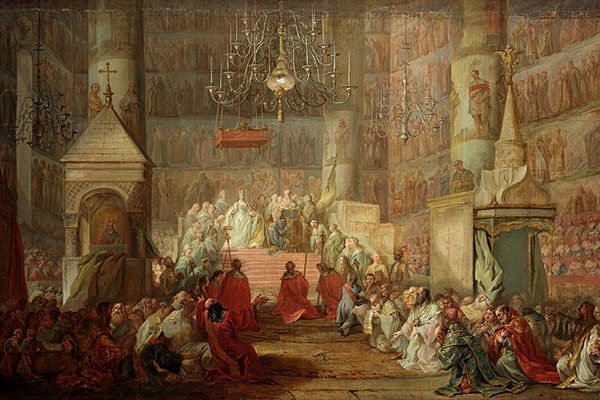
#2 SHE SUCCESSFULLY LED RUSSIA AGAINST THE OTTOMAN EMPIRE
In order to strengthen its power, it was necessary for Russia to have access to a major port. The Black Sea was however controlled by the Ottoman Empire, the largest and most influential Muslim empire in history. This situation led to the Russo-Turkish wars, a series of conflicts between Russia and the Ottoman Empire from late 17th to early 19th century. Under Catherine the Great, Russia handed the Turks some of the heaviest defeats in their history during the 1768–1774 Russo-Turkish War. It was concluded with the Treaty of Küçük Kaynarca, which gave Russia the right to maintain a fleet on the Black Sea; granted it the territories at Azov, Kerch, Yenikale and Kinburn; made Crimea a protectorate of Russia; and granted to Russia the position of protector of Orthodox Christians in the Ottoman Empire.
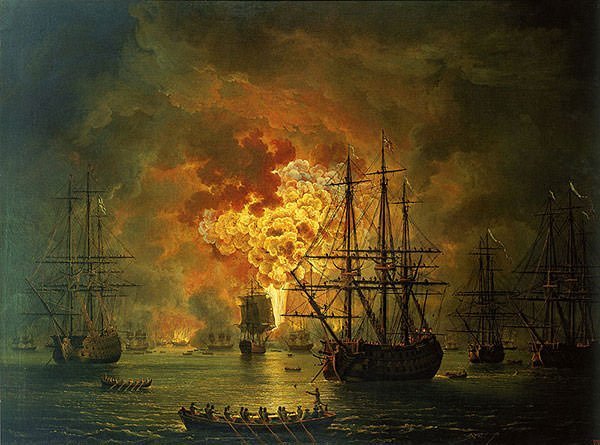
#3 SHE MADE RUSSIA THE DOMINANT POWER IN SOUTH-EASTERN EUROPE
In 1783, Catherine annexed the Crimean Peninsula outright and in 1787, the Ottomans restarted hostilities in the second major Russo-Turkish War (1787–92). This conflict proved to be as disastrous for the Turks as the first. Russia won a series of victories and ultimately the Ottomans were compelled to sign the Treaty of Jassy, which recognized Russian Empire’s annexation of the Crimea and granted it the Yedisan region, the territory between Dniester and Bug rivers. The Russian Empire thus now had control over the entire western Ukrainian Black Sea coast. Through her successful campaigns against the Ottoman Empire, Catherine the Great made Russia the dominant power in south-eastern Europe.
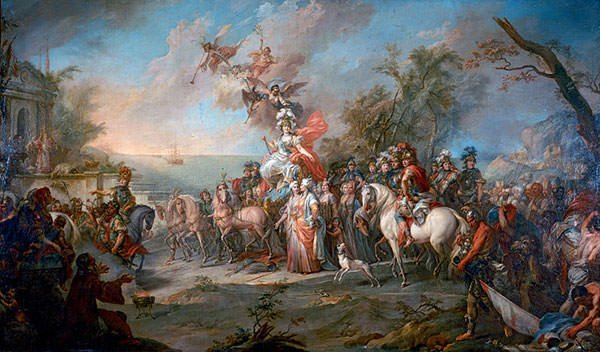
#4 She RAPIDLY EXPANDED RUSSIAN EMPIRE THROUGH CONQUEST AND DIPLOMACY
Apart from victories against the Ottoman Empire, Russia under Catherine II defeated the Polish–Lithuanian Commonwealth leading to the partitioning of Poland and division of its territory between Russia, Prussia and Austria with Russia gaining the largest share. It also started to colonize Alaska, establishing Russian America; and waged a war against Persia in 1796 making a significant advance into their territory but Catherine died the same year and her successor Paul I ordered the Russian troops to retreat. By the end of Catherine II’s reign, the Russian Empire had grown larger and stronger than ever before. It had expanded rapidly by conquest and diplomacy with around 200,000 square miles (518,000 square kilometers) being added to its territory. Catherine II thus established Russia as one of the great powers of Europe.

#5 SHE IMPLEMENTED A SERIES OF EDUCATIONAL REFORMS
Catherine II passed a series of important educational reforms. By 1782, she set up a commission to study the educational systems of many different countries. On 5 August 1786, the Russian Statute of National Education was put into effect. This established a two-tier network of high schools and primary schools which were free of charge, co-educational and open to all of the free classes (not serfs). It also regulated, in detail, the subjects to be taught at every age and the method of teaching. In addition to this, teachers were provided with the “Guide to Teachers” which dealt with teaching methods, the subjects taught, etc. Although her educational program was not entirely successful in reforming education, still around 62,000 pupils were being educated in some 549 state institutions near the end of her reign.
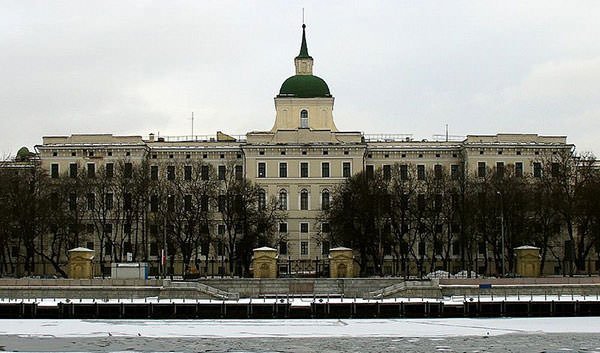
#6 she ESTABLISHED THE FIRST INSTITUTES FOR FORMAL EDUCATION OF FEMALES
Catherine the Great was responsible for an increased emphasis on education in Russia. A number of foundling hospitals, or boarding schools for orphaned and abandoned children, were established. The number of state and private schools were increased. The University of Moscow reached unprecedented heights and became an internationally recognized learning center under her sponsorship. She founded the great Vospitatelnoi Dom, or House of Education, at Moscow and also at St. Petersburg. In 1764, Catherine II passed a decree to establish the famous Smolny Institute in St Petersburg, the first educational establishment for women in Russia and the first state-financed higher education institution for women in Europe. Smolny Institute was for girls of the nobility. The following year, she also established the Novodevichy Institute in Moscow for the daughters of commoners.
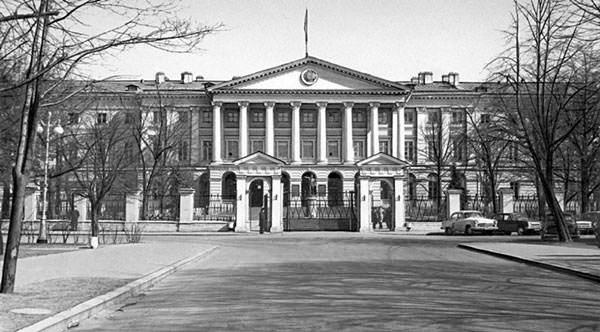
#7 SHE INTRODUCED A NUMBER OF ADMINISTRATIVE REFORMS
Catherine II took a number of steps to make the administration of her vast empire more effective. In 1775, she decreed a Statute for the Administration of the Provinces of the Russian Empire, which divided Russia into provinces and districts according to population statistics with each province consisting of roughly equal population. She gave each province an expanded administrative, police and judicial apparatus. It was put under the supervision of a governor, who acted in the name of the ruler and had direct communication with her. By the end of her reign, 50 provinces and nearly 500 districts had been created; the government officials had nearly doubled; and spending on local governance had increased by as much six times. Catherine’s structure of local administration remained in force until the middle of the 19th century and served as a foundation for the local elected councils established in 1864.
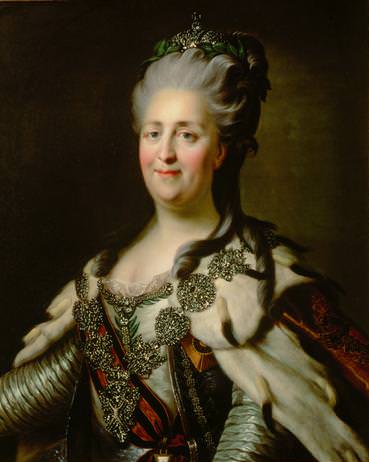
#8 HER REIGN WAS A PERIOD OF EXPANSION OF TRADE AND COMMUNICATIONS
In 1785, Catherine issued the Charter to the Nobility, which freed Russian nobles from compulsory military or state service. They were also to elect a Marshal of the Nobility, who spoke on their behalf to the monarch. The same year, she also issued the Charter of the Towns, which distributed all people into six groups as a way to limit the power of nobles and create a middle estate. Catherine also issued the Code of Commercial Navigation and Salt Trade Code of 1781; and the Police Ordinance of 1782. Apart from her administrative reforms, Catherine provided an environment where commodities were plentiful, trade expanded and communications developed. Large government spending led to shortage of silver and huge masses of copper coins in the Russian domestic market; making large transactions difficult. Thus, in 1769, Catherine II founded the Assignation Bank in St. Petersburg to issue notes of 100, 75, 50, and 25 rubles upon payment of similar sums in copper money. These notes, known as Assignation rubles, were the first government paper money in Russia.
#9 SHE HELPED ESTABLISH The FREE ECONOMIC SOCIETY
In 1765, the Free Economic Society for the Encouragement of Agriculture and Husbandry was established in St Petersburg by a group of wealthy landowners led by Count Grigory Orlov. It was Russia’s first learned society; one of the first economic societies in the world; and, as it was independent of the government, it proved influential for Russian liberalism. Catherine II was instrumental in the establishment of the Free Economic Society and the mastermind behind its early activity. She endowed it with funds for a library and a building on Palace Square. Through it, she aimed to modernize the country’s agricultural system by incorporating latest techniques and achievements of Western agriculture. The leading economists of the time, such as Arthur Young and Jacques Necker, were foreign members of the Free Economic Society.
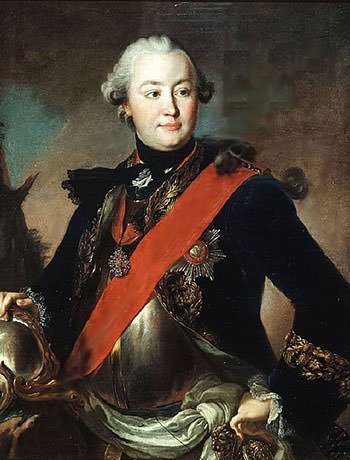
#10 She PLAYED A KEY ROLE IN THE RUSSIAN ENLIGHTENMENT
Catherine II enthusiastically supported the ideals of the Age of Enlightenment, a movement which dominated intellectual and philosophical thought in Europe during the 18th century. She corresponded with several leading philosophers of her time including Voltaire; and she herself wrote comedies, fiction and memoirs. She sponsored many cultural projects; and played a key role in fostering the arts, sciences and education in Russia. The Hermitage Museum, one of the largest and oldest museums in the world, began as a personal collection of Catherine II. It currently holds over three million items including the largest collection of paintings in the world. She also played a part in the formation of the renowned Bolshoi Theatre and the neighboring Maly Theatre. Catherine the Great presided over the period known as the Russian Enlightenment, which saw the flowering of the arts and sciences; and had a significant and profound impact on Russian culture.
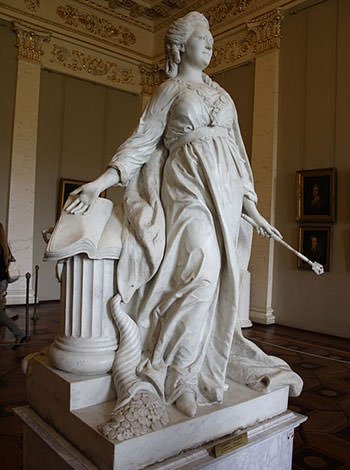
THE INSTRUCTION OF CATHERINE THE GREAT
Nakaz, or Instruction, of Catherine the Great was a document prepared by her as a guide for the All-Russian Legislative Commission of 1767 to consider internal reforms and to devise a new code of laws. The Instruction maintained that all men should be considered equal before the law; and that law should forbid only acts directly harmful to an individual or the community, leaving the people free to do anything not forbidden. It also disapproved of death penalty and torture. Catherine worked on the Instruction for two years and it consisted of 22 chapters and 655 articles. However, the Commission failed to prepare a new legal code and Catherine made no further efforts to implement her principles. Still the Instruction did raise some of the issues later adopted by the United States Constitution and it exerted considerable influence on the course of the Russian Enlightenment.

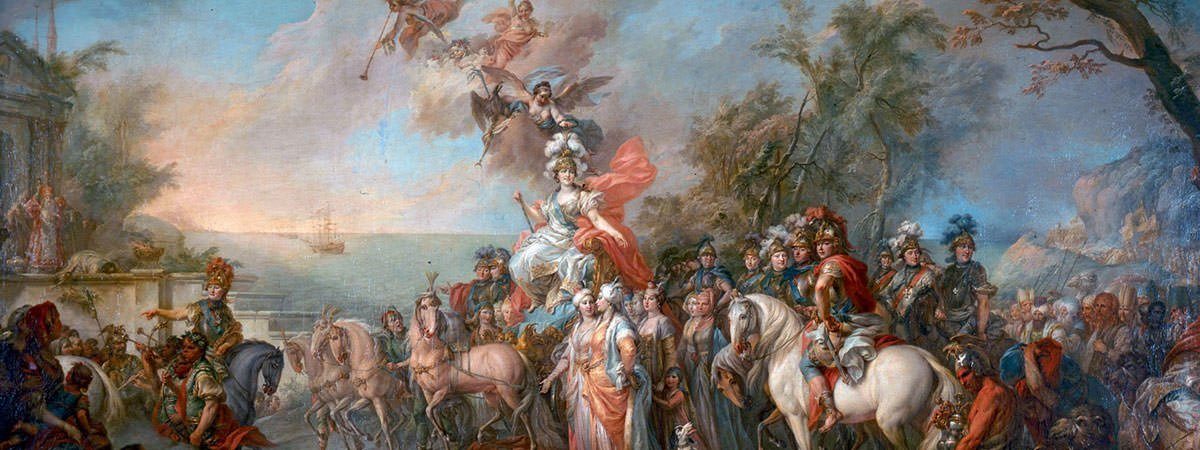
I am adopted, I was informed that I am related to her she is in line of bring a great great ect, grandmother!
Very helpful resource .
Happy to help.